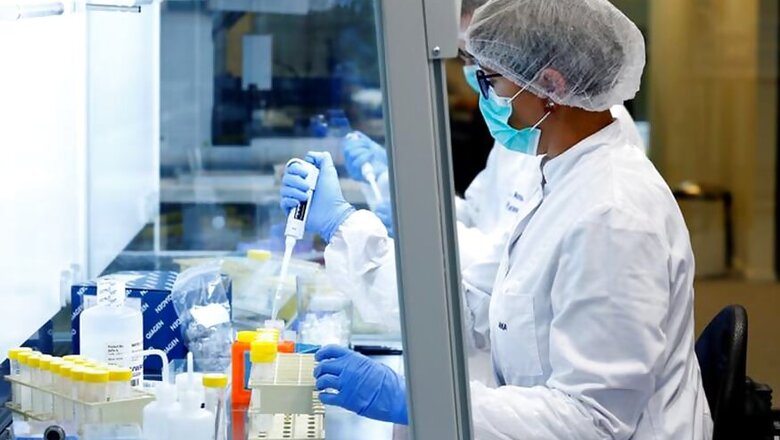
views
New Delhi: India, which is at the forefront of a global battle against Antimicrobial resistance (AMR), is ready with a strong action plan to tackle the health threat. From conducting a uropathogen test that can fit in a small pocket, a test that detects bacterial infections within minutes to one that can diagnose infections through saliva, the government is hoping that an innovation in diagnostics will better fight the problem.
The tragic stories, inevitably, stick to the same script: patients pick up a bug resistant to most antibiotics, often in hospitals and eventually die. In India, the so-called 'superbugs' kill nearly 60,000 newborns every year, making the country the epicentre in the global war to present a post-antibiotic world, where common infections can prove fatal.
The World Health Organisation (WHO) defines AMR as “the ability of a microorganism (like bacteria, viruses, and some parasites) to stop an antimicrobial (such as antibiotics, antivirals and antimalarials) from working against it. As a result, standard treatments become ineffective, infections persist and may spread to others.” In other words, the irrational use of medicines and antibiotics renders the cure ineffective.
Adding to the problem of irrational use of antibiotics is the fact that major diagnostic companies aren't investing in point-of-care tests and consequently, governments are coming together to raise money for the development of the global technology. The Biotechnology Industry Research Assistance Council (BIRAC), an Indian government enterprise alongside its partner, the UK-based innovation foundation Nesta awarded three startups a sum of £100,000 each (Rs 90 lakh) to "better steer the use of antibiotics."
The competition, which concluded on Tuesday, saw winners emerging from among 78 teams from 14 countries competing for Nesta’s Longitude Prize, a global challenge with a £8 million payout. The challenge is to develop a point-of-care test to detect bacterial infections and ensure that the right antibiotics are used at the right time.
Dr Renu Swarup, secretary, Department of Biotechnology and chairperson of BIRAC, said, “It is a pleasure to see the innovative solutions created by Indian start-ups advancing to a stage which is near to the market. Antimicrobial resistance is a global problem and the Indian Government is committed to support a solution for the same.”
A UTI Test That Fits Your Pocket
'Usense', developed by Pune-based Module Innovations, is a credit card-sized test which is capable of detecting four major uropathogens through a single probe. The sample flows into the four corners of the test device, each specific to a particular bacteria. "The colour change from blue to red indicates the presence of bacteria in urine that is causing a UTI. The results are out in 30 minutes and the test can be done at the point of care itself, with results visible to the naked eye," said a statement.
A Drop of Plasma
The NanoDx team based in Delhi and Hyderabad is creating a point of care test called Septiflo that can detect and stratify the Gram status of bacterial infections in a drop of human plasma in under 10 minutes. The results are visible to the naked eye and semi-quantified using a colour score chart. "This information can be of immense value in rapid decision-making for the selection of bacterial Gram-specific narrow-spectrum antibiotics," it added.
Infected Saliva
A collaborative team of OmiX and SpotSense in Bengaluru is creating a non-invasive diagnostic test that uses salivary markers of infection as the basis for diagnostics. "It uses voltammetric detection of bacteria as the first step of 15 minutes to determine cases that are negative for infection. The cases that are indeterminate or considered positive are then tested for susceptibility to specific antibiotics for antibiotic selection using a novel, rapid, isothermal amplification platform. The assay goes from sample to result (currently) in 60 minutes. Detection is through digital camera readout of a colorimetric signal.



















Comments
0 comment